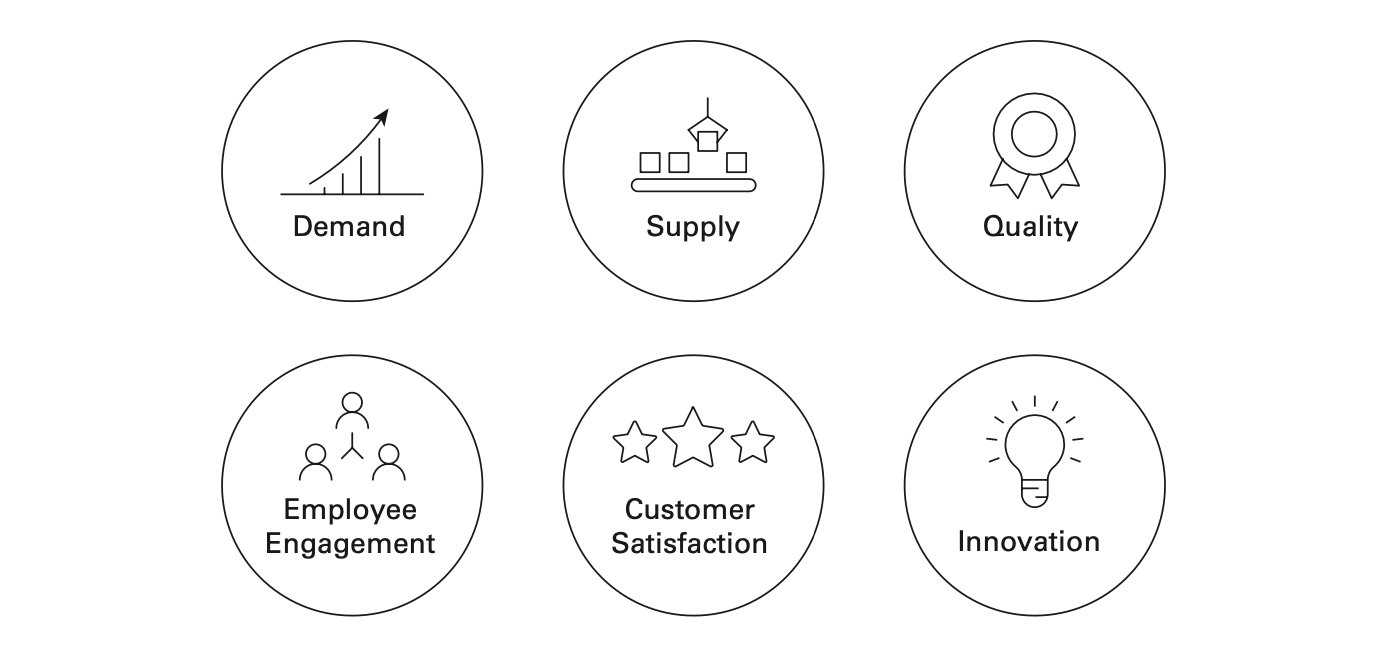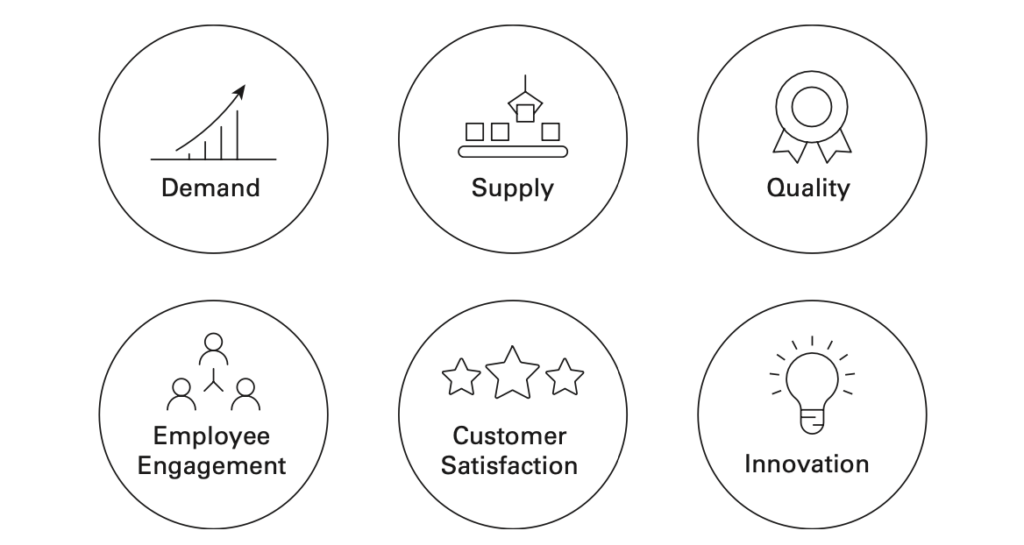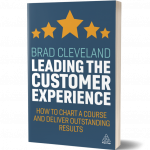
You won’t find—at least I haven’t found—resources on customer experience that emphasize these dynamics (other than in piecemeal fashion). That puzzles me. Especially since these issues tend to force themselves on conversations during times of upheaval and change. My encouragement to you is to make a practice of following them whether the air is choppy or you’re flying along smoothly. Let’s summarize what each means.
Demand. What is the demand for your products and services? How is it evolving? For example, the onset of the global pandemic in 2020 significantly impacted the need for products and services. Some organizations—e.g., restaurants, commercial airlines and health clubs—saw demand rapidly decline. Others—e.g., shipping companies, cargo airlines, consumer technology providers and medical systems involved in Covid-19 testing or care—saw demand increase dramatically. Predictions on cases and hospitalization rates became front-page news. Every organization was forced to keep an eye on demand.
No one has a perfect read on the future. However, organizations that get good at forecasting customer demand make far better decisions on priorities and resources.
Supply. What is the supply of products, services and support necessary to meet evolving customer demand? Again using the Covid-19 pandemic as an example, hospitals had to keep a close eye on the medical professionals, equipment and beds required to meet demand. This involved scaling down or pausing elective procedures and ramping up capacity to meet new demands.
Quality. The next key dynamic is quality—the quality of products and services being delivered. Quality cannot be assessed in isolation. It will always have some impact on supply and demand. For example, high-quality products and services can reduce demand. The quality of medical care can lead to rapid patient improvement and quicker discharge from the system. Service and support centers that handle issues to completion on first contact reduce repeat work (lessen demand) and free up capacity (improve supply).
In other cases, high-quality products and services stimulate demand. When Apple recently and finally released laptops with improved keyboards, they saw sales jump. A colleague was one of those buyers—she said she could hardly wait to get rid of her laptop with the obnoxious clickety-clackety keyboard. “I can now once again work in coffee shops without getting irritated sideways glances from other customers,” she said. (Some improvements benefit your customers AND everyone around them.)
Employee engagement. Employee engagement is another dynamic to follow. Yes, metrics on employee engagement are likely already part of your dashboard. However, you’ll also want a more immediate sense of how things are going as circumstances evolve. I worked closely with a number of organizations through the early months of Covid-19. Quick and frequent conversations with employees provided invaluable insight into how things were going. If you build on a strong foundation of employee engagement, you’ll have more margin when the going gets tough—your employees will stick with you. But that comes with the expectations and responsibility to provide the resources and support they need as quickly as feasible.
Customer satisfaction. Customer satisfaction, reflected in however you measure it—CSAT, NPS, CES or other—is a key performance indicator. However, as with employee engagement, it is a dynamic you’ll also want to follow more immediately, especially so in times of significant change to products and services.
Customer satisfaction directly impacts demand. For example, as businesses and schools were forced online, many found Zoom easy to set up and use. They preferred it over alternatives. Zoom quickly became a go-to tool for many. That substantially contributed to demand (a good thing for Zoom), but also led to supply and quality issues as the company ramped up capacity (a challenging thing for Zoom). Security problems in particular dampened customer satisfaction, leading to some customer defections. The company wisely scrambled to fix quality problems—all the while keeping an eye on the other dynamics.
Innovation. Are your products and services evolving to meet needs? Your customers and especially your employees have a good sense of how innovation is going. And you’ll see results in other dynamics, particularly customer satisfaction, demand, and employee engagement.
Canlis restaurant in Seattle, recognized as one of the best fine dining restaurants in the world, was forced to close its dining room during Covid-19 lockdowns. While many restaurants struggled to hang on, the Canlis team looked at ways they could innovate. For example, they simplified the menu and created an app enabling customers to schedule delivery of complete meals at convenient times. As they put it on their website, “Fine dining is not what Seattle needs right now. Instead, we’re bringing the food to you. We’ve got this, Seattle.” Business quickly bounced back under the new model.
Following these six dynamics will, I predict, become something of an addiction (a positive one). You’ll learn to think holistically, to consider the overall impact of changes. With the uncertainties and opportunities of 2023 and beyond just ahead, these dynamics are essential.
Excerpt from Leading the Customer Experience: How to Chart a Course and Deliver Outstanding Results by Brad Cleveland.





0 Comments